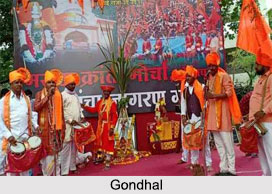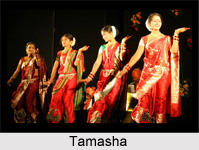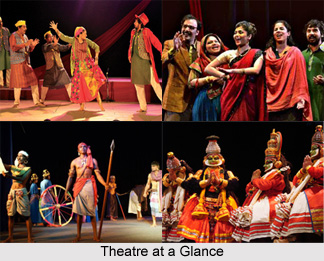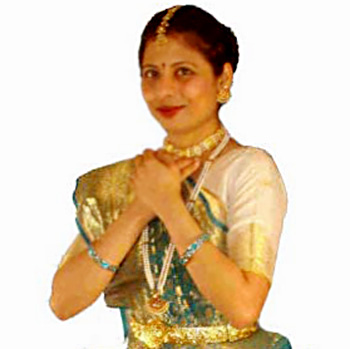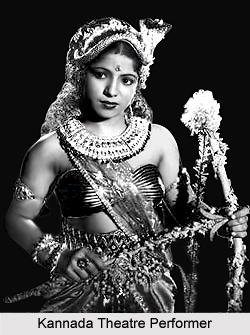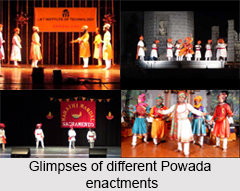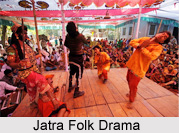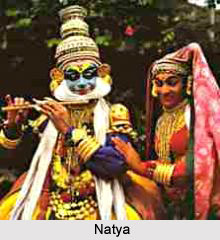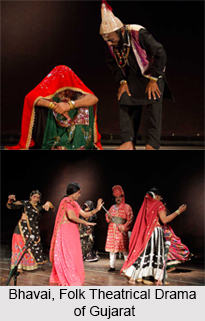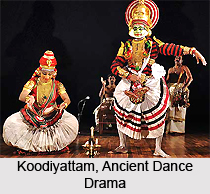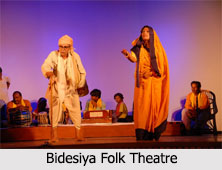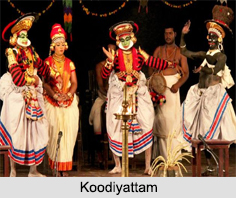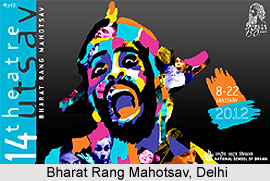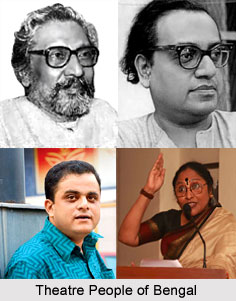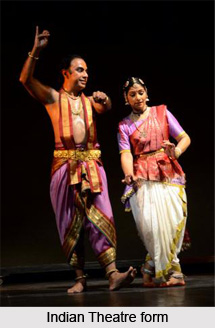 Utsrishtikamka is a one-act form of drama in Sanskrit theatre. It comes under rupakas that are the ten major forms of Sanskrit drama. Utsrishtikamka sometimes was sourced from tradition and sometimes from invention. According to some scholars, Utsrishtikamka was named so just to distinguish it from amka or anka i.e. act. This was the structural divisions within drama.
Utsrishtikamka is a one-act form of drama in Sanskrit theatre. It comes under rupakas that are the ten major forms of Sanskrit drama. Utsrishtikamka sometimes was sourced from tradition and sometimes from invention. According to some scholars, Utsrishtikamka was named so just to distinguish it from amka or anka i.e. act. This was the structural divisions within drama.
However, Abhinavagupta observed that `the play is marked by sorrowful women whose srishti i.e. creation appears to depart from their bodies due to woe`, hence the nomenclature. Devoid of celestial beings, it had ordinary people as heroes. Abounding in lamentations of women and self-disparagement, it was dominated by karuna i.e. pathetic rasa. The plot used a well-known story expanded by the poet`s imagination.
The sandhis i.e. `junctures` of the plot, vrittis i.e. styles or characteristics, and lasyangas i.e. feminine components of dance were the same as those in bhana. War, victory, and defeat were presented and improvised in bharati i.e. spoken vritti. Visvanatha`s Sahityadarpana i.e. `Mirror of Literature` in fourteenth century cites the lost Sarmishtha-Yayati i.e. `Sarmishtha and Yayati` as an example of utsrishtikamka.
This article is a stub. You can enrich by adding more information to it. Send your Write Up to content@indianetzone.com
